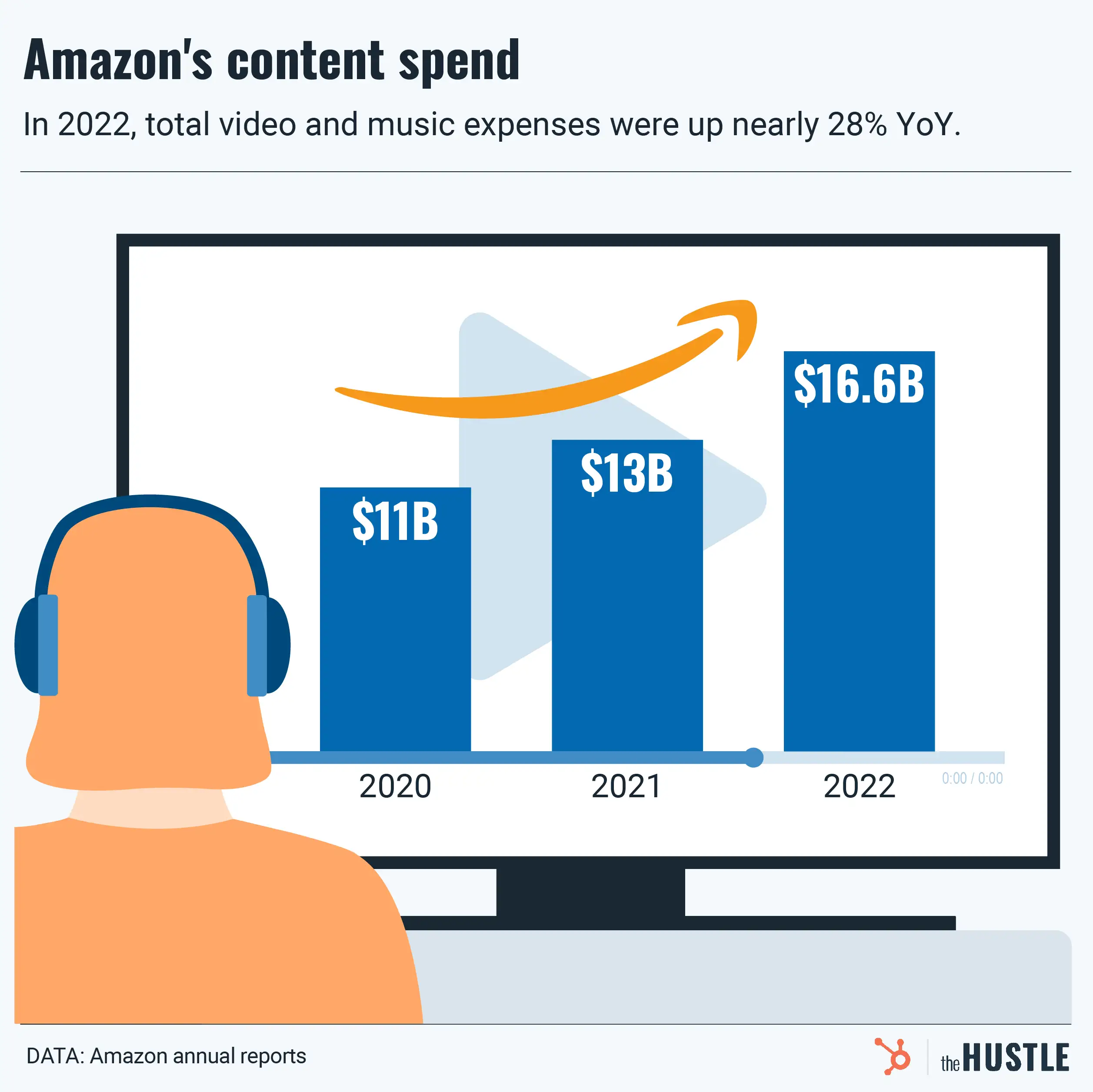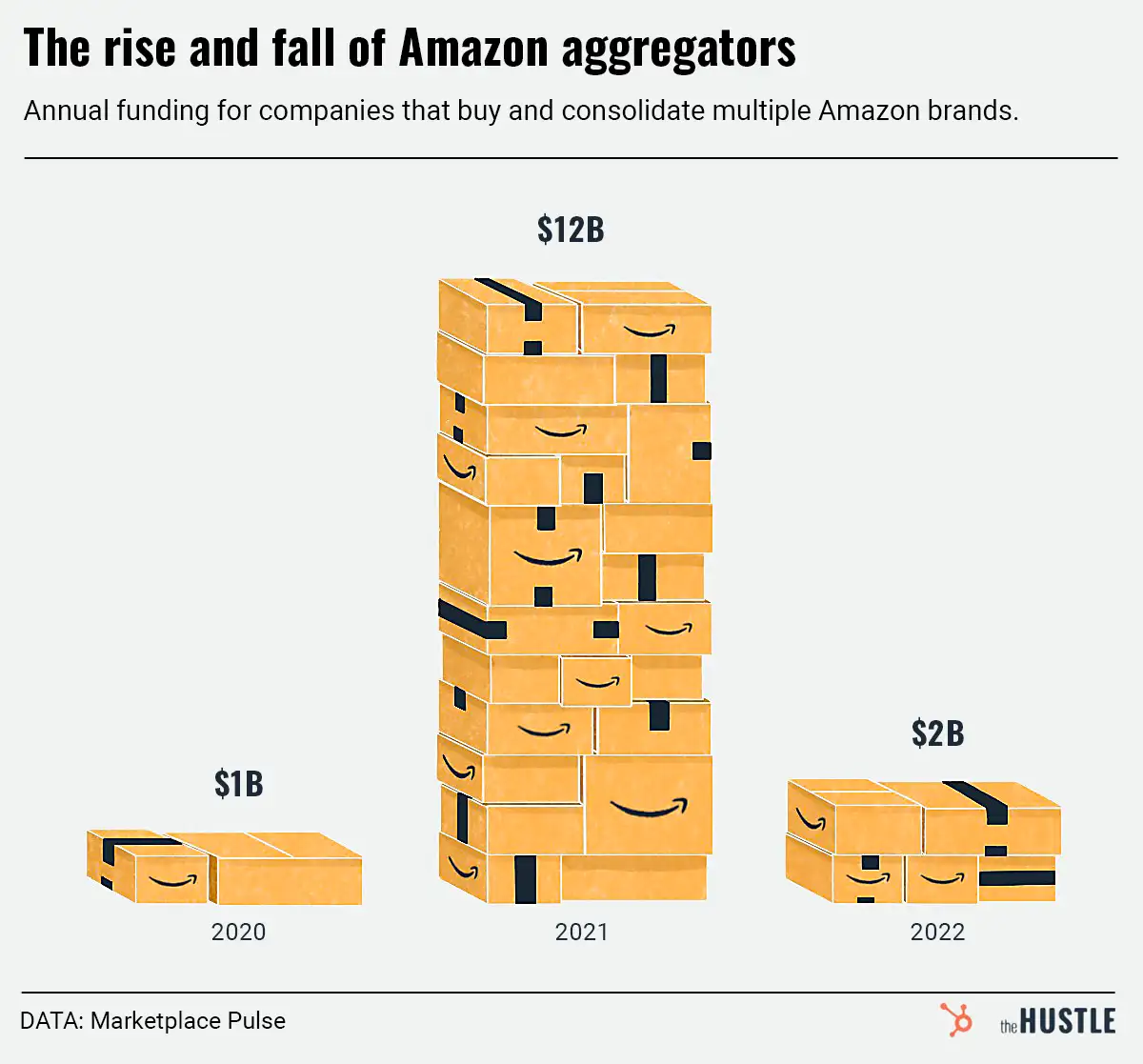Yesterday, Amazon announced it will raise its minimum wage to $15 for all of its 250k US workers, as well as some 100k seasonal workers, effective November 1, 2018.

The decision comes amid mounting pressure from Sen. Bernie Sanders and others to provide better conditions for Amazon’s warehouse workers.
It’s a positive move, but it should be taken in context
Last month, Amazon’s market cap surpassed $1T; its CEO, Jeff Bezos, is worth upwards of $165B (roughly the GDP of Qatar).
Its fulfillment center employees haven’t fared as well. According to company filings, the average worker makes just over $28k (about $13.68/hr). In some states, as many as 1 in 3 workers are on food stamps. Some sleep in tents and cars, and struggle to make ends meet.
In a marketing video made by Amazon, this juxtaposition is clear: The company’s SVP of operations (who likely owns millions in stock) breaks the news to a crowd of emotional workers. “I’ll be able to take care of my kids,” one woman tells the camera, holding back tears.
It’s probably a corporate power play
Amazon has spun the move as a feel-good moral decision. But there’s likely an ulterior motive at play: By raising the minimum wage to $15, they put pressure on less-well-equipped competitors, like Walmart, to match the move.
The company has also cemented its intentions to lobby for an increase of the $7.25 federal minimum wage — a nice PR stunt ahead of its (presumably) tax-free HQ2 set to find a home later this year.










